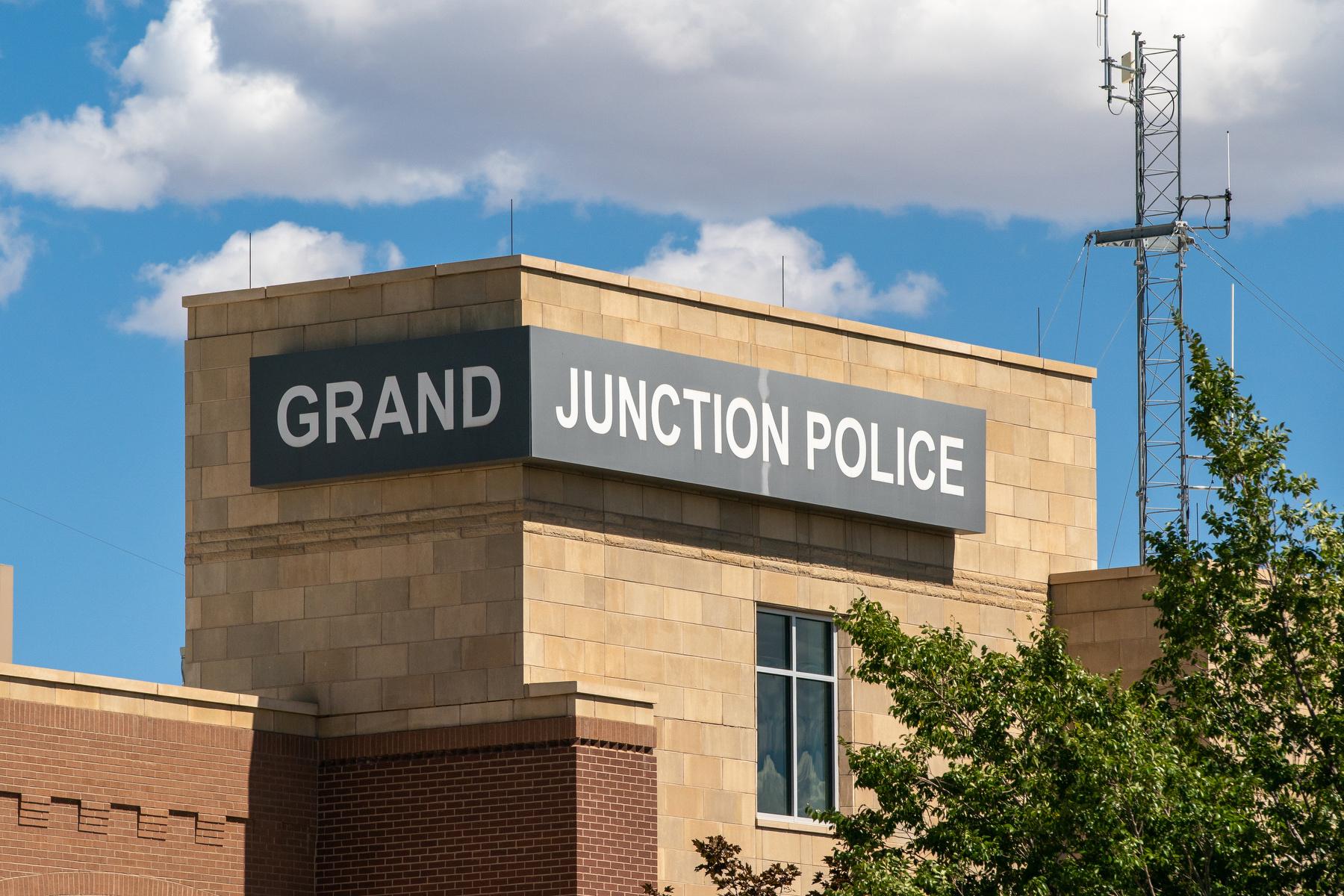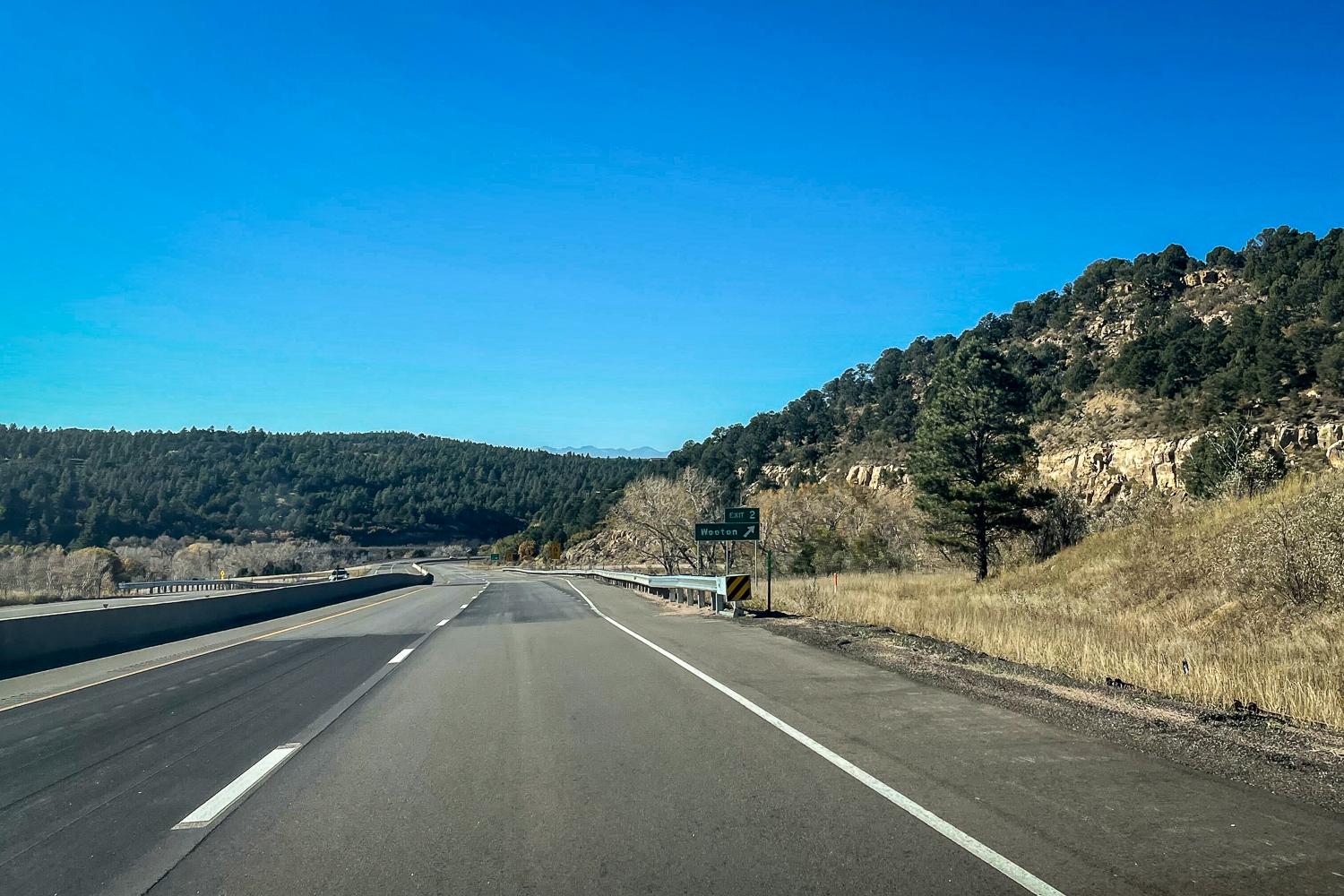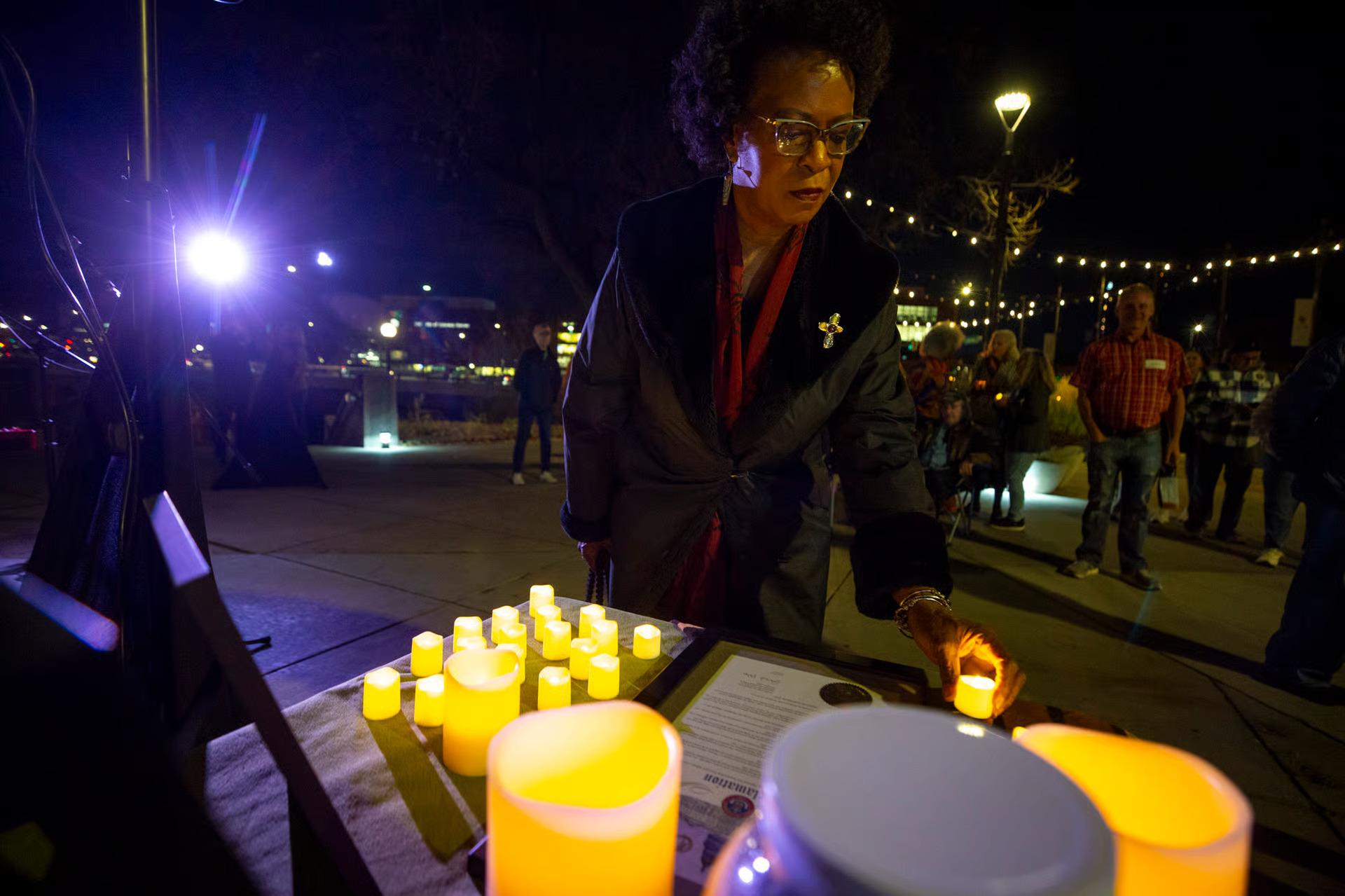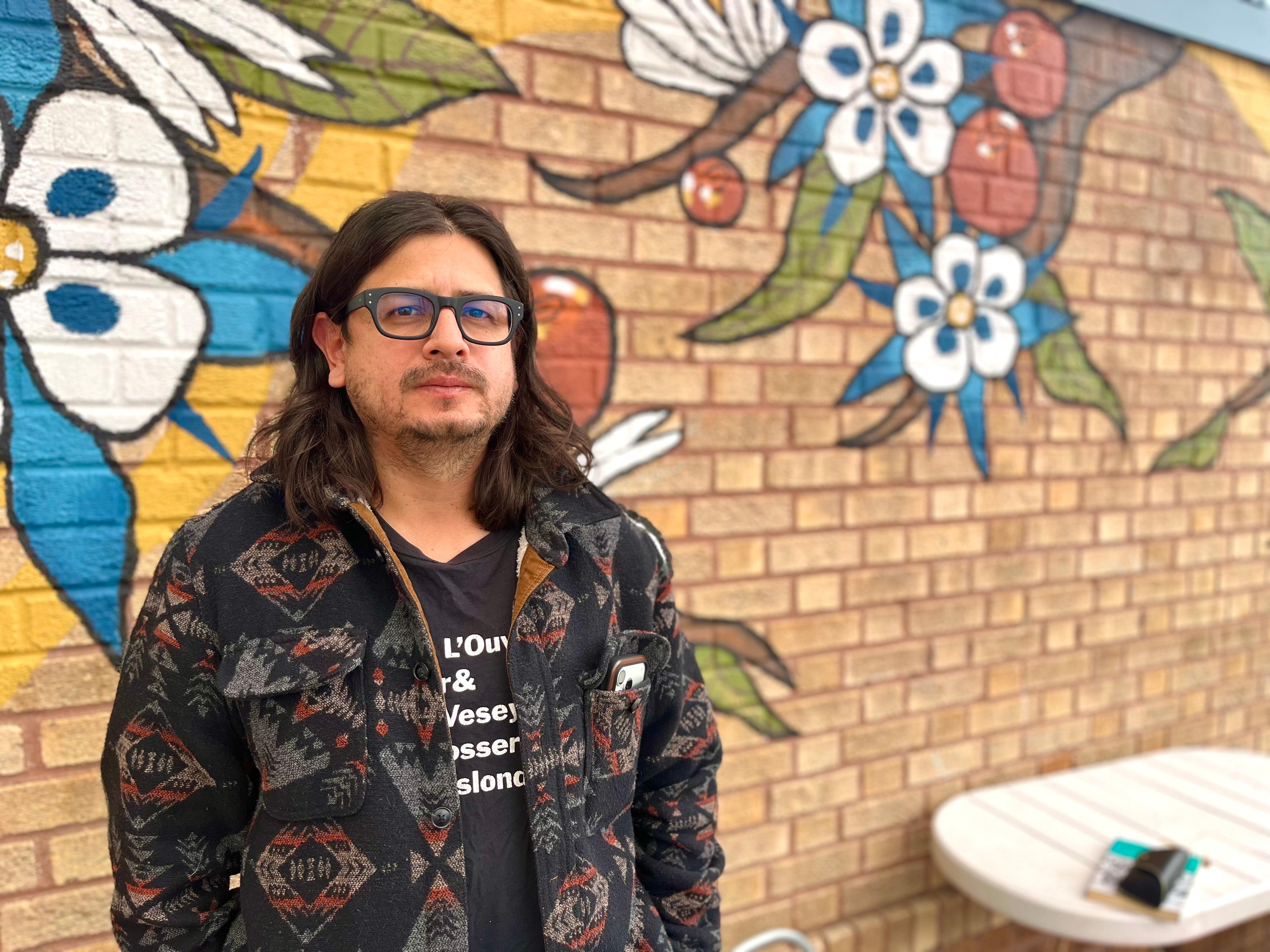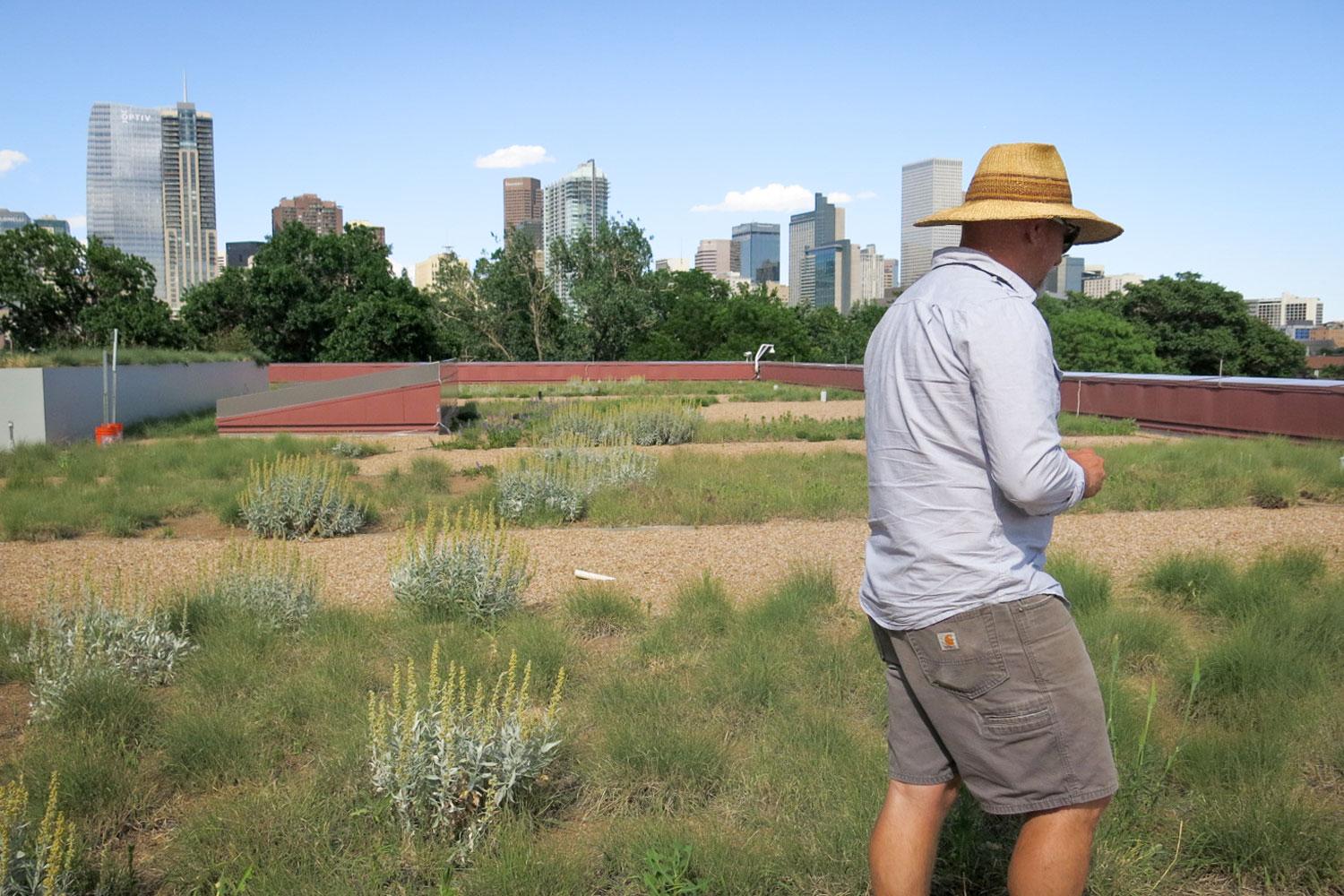

A Denver task force is finishing up revisions on one of the strictest green roof policies in the country. The proposed changes would give large buildings in downtown Denver more choices in how they comply with the ordinance voters approved last fall.
The Denver green roof ordinance is modeled after a Toronto law. The goal is for green roofs to absorb heat and suck up water, slowing down stormwater that can flood streets.
Task force members like Andy Creath of Green Roofs Colorado have been charged with walking a tightrope between giving more options to building owners and not over-complicating the program with too many choices.
“We want to get these benefits for the city, but green roofs may not be the only way to do that,” Creath explained.
So far, one big focal point for revisions are existing buildings. Under the original Ordinance 300, any such building that sought to replace its roof would have to add a green roof and solar panels. One of the estimates the task force received was that “90 percent of our existing buildings would not support a green roof,” said Denver City Council Member Mary Beth Susman.
Instead, existing buildings over 25,000 square feet will have to add a cool roof and one of the following options: green roof, on-site solar, LEED Silver Certification, pay into a fund for green space off site or enroll in an energy program like Community Solar. Residential buildings that are over 25,000 square feet and have five stories or less will just be required to add a cool roof.
New buildings over 25,000 square feet are required to install a cool roof and one of the following options: green roof space, financial contribution for off-site green space, solar panels, green roof and solar panel combination, energy efficiency measures, green roof and energy efficiency measures, or LEED Gold Level certification. When it comes to required size of green roofs for new buildings, the number of stories will dictate how large the space will be.
Public and industry feedback has been mixed. Some in the real estate industry think the new plan could cause delays in roof replacements for existing buildings. Overall though, that group seems favorable to change.
“It’s a little cliché to say that what you really want is a win-win,” said Tami Door, a member of the task force and CEO of the Downtown Denver Partnership. “There is a policy on the table that the voters voted for. There is a path to implementation. How do you create an environment where you have eager compliance?”
Originally the downtown partnership opposed the green roof ordinance. Negotiations have since resulted in more favorable details, Door said.
Meantime, public comment criticized the task force for giving developers too much leeway. Some commenters didn’t like the idea of green space at ground level.
“At the end of day you want to make sure as much greenery in, on and around your buildings in Denver as you can. Because that’s what will deliver the max amount of benefits,” explained Steven Peck President of Green Roofs for Healthy Cities, a Toronto-based organization that promotes green roofs across the country.
Peck said it is possible to have green spaces at ground level that can still curb the urban heat island effect. But not everything is created equal. For example, a rain garden may not soak up as much water as a green roof. Peck is concerned that Denver’s green roof policy may have grown too complicated. Developers and building owners have a lot of options.
“They’re all green initiatives, but what the relative cost and benefit of all those initiatives might be is something that has to be carefully considered,” Peck said.
The rules will become more refined over time — “Hopefully, the idea is to simplify it more,” Andy Creath said — especially as Denver City Council weighs the options. The task force is expected to wrap up its recommendations soon. Denver City Council will begin weighing the proposal by the end of June.

